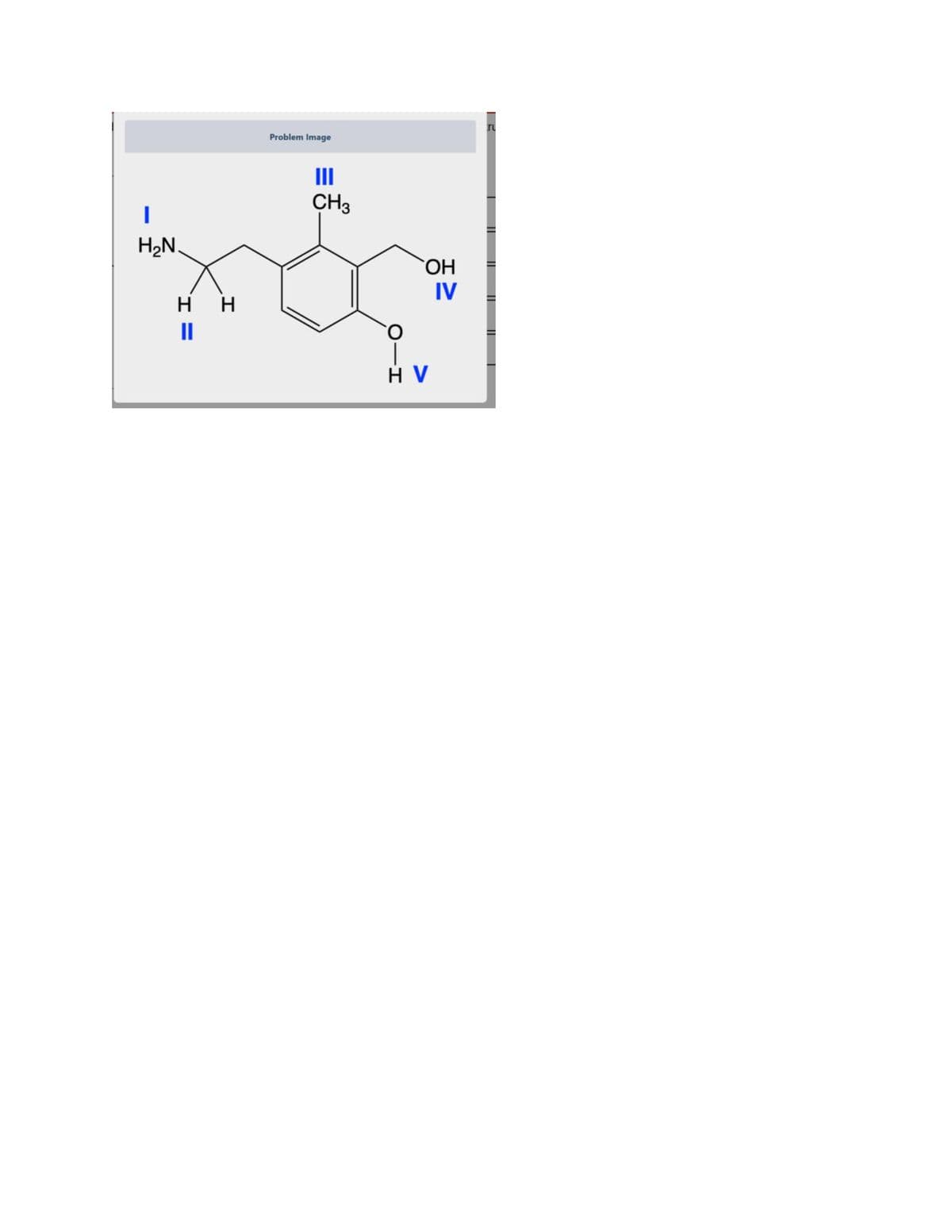Predict which proton will have the most downfield and upfield signal in the ¹H NMR spectrum.

In proton nuclear magnetic resonance (NMR) spectroscopy, the concept of "upfield" and "downfield" refers to the chemical shift of the protons in the NMR spectrum. The chemical shift is a measure of the position of the NMR signal relative to a reference signal, usually tetramethylsilane (TMS).
"Upfield" refers to the signals that appear to the left of the reference signal in the NMR spectrum. These signals correspond to protons that are chemically shifted upfield from the reference signal, meaning that they have a higher magnetic field compared to TMS. Upfield signals are usually associated with protons in environments with a high electron density. They are the most desheiled
"Downfield" refers to the signals that appear to the right of the reference signal in the NMR spectrum. These signals correspond to protons that are chemically shifted downfield from the reference signal, meaning that they have a lower magnetic field compared to TMS. Downfield signals are usually associated with protons in environments with low electron density. They are most shielded.
In conclusion, upfield and downfield are relative terms that describe the position of NMR signals in the spectrum relative to the reference signal, and the chemical shift of the protons is an indication of the electronic environment of the protons in the molecule.
Trending now
This is a popular solution!
Step by step
Solved in 2 steps


